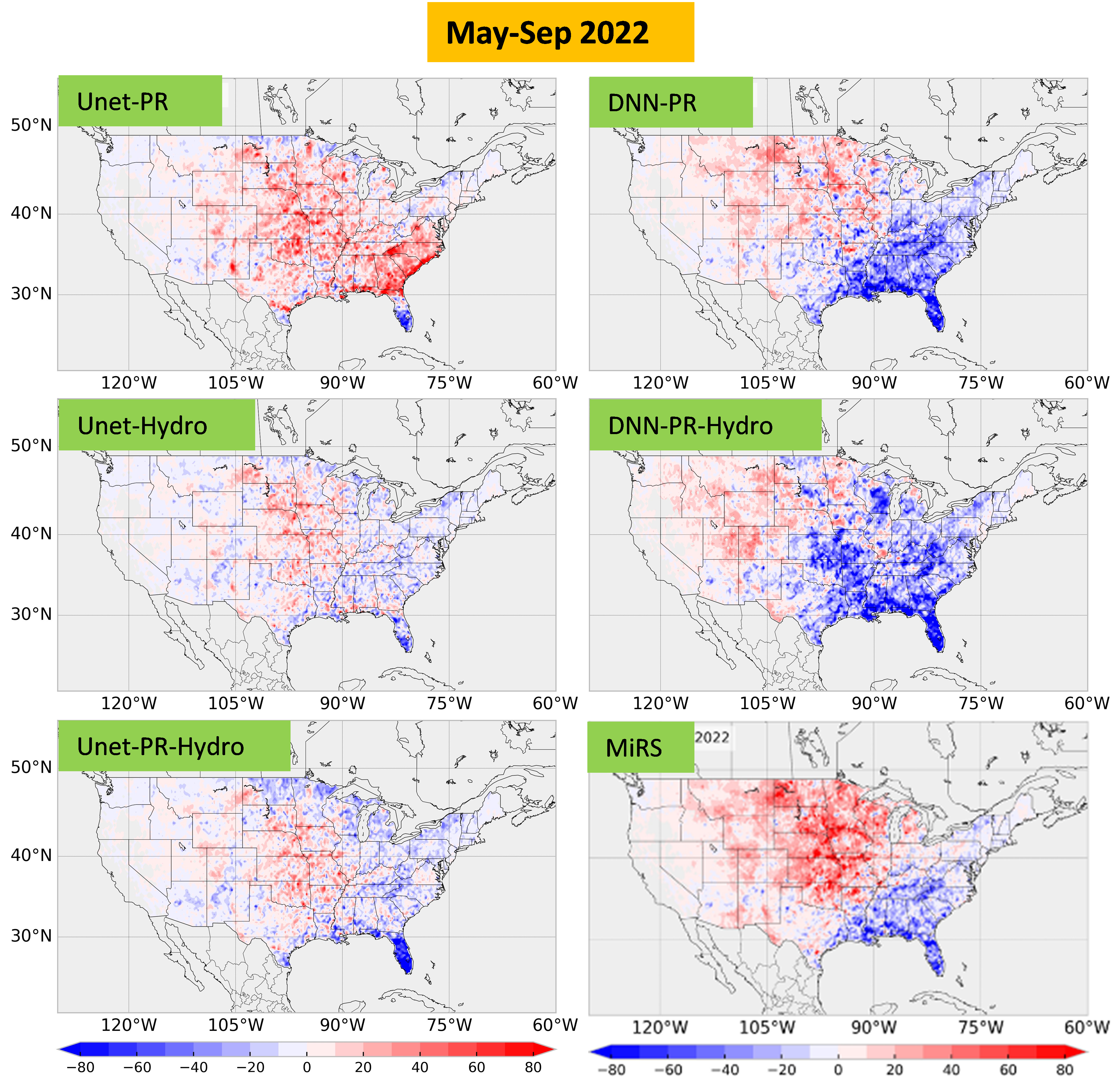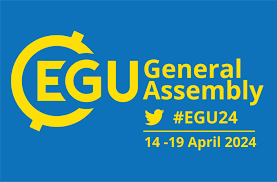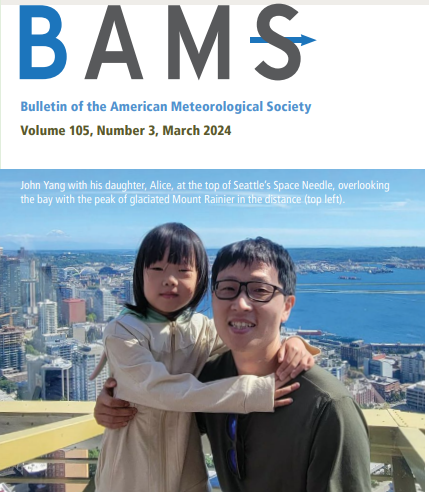
Using Machine Learning to Improve Microwave-Based Precipitation Estimates
ESSIC/CISESS scientist Chris Grassotti along with CIRA and NOAA researchers Shuyan Liu and Quanhua (Mark) Liu, recently published a paper in the IEEE Journal of Selected Topics in Applied Earth Observations and Remote Sensing titled “Warm-Season Microwave Integrated Retrieval System (MiRS) Precipitation Improvement Using Machine Learning Methods”.









